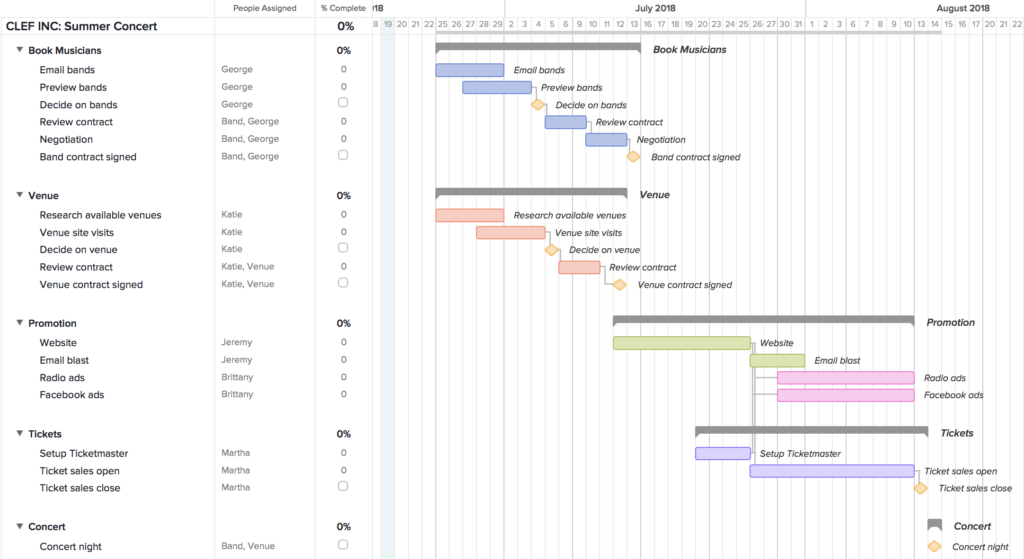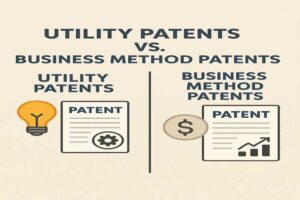As many colleagues lawyers, investment bankers, business angels, venture capitalists and other members of the financial community, I look at business plans daily. In my case, I do it in order to draft disclosure documents such as private offering memorandums and initial public offering prospectuses.
With rare exceptions, I am shocked by both the careful overdetailed description and the total lack of reasoning behind, contained in the typical business plan, which often is nothing more than a shopping list.
That is why I decided to publish my first evolving article, my little Mona Lisa… never completely finished, always to be completed. Maybe one day, this article shall become a book, if I see enough mistakes and if I am not too lazy to complete it…
The Typical Business Plan
usually begins by the market for the products or services proposed by the sometimes future, sometimes brand new company.
It says the market is HUGE, usually several billions and the company intends to get a determined percentage of that market within a determined period of time. The most ridiculous plans claim that they will not disclose how to acquire this market share.
The financial community understands it that way:
No Marketing Strategy
If you do not know how to reach your objectives or if you know how and will not tell us, in both case it is not a good sign. So we shall not invest our capital with you.
UN Marketing Strategy is typically a list of arguments for the various Interlocutors of the company such as the consumer, the customer (which may be different from the previous one especially if the company sells to distributors, wholesalers, importers or other intermediaries), the supplier, the banker, the regulatory authority, the public at large etc…
Note that each Interlocutor must have its own argumentary. Even if the arguments convincing him are the same, their order of appearance might be different as the strongest argument must appear first. In example a cheaper price might be a strong argument for the consumer but a weak one for a distributor considering its sale margin.
The rare times when a marketing strategy is defined or even sketched, it totally forgets to be planned over time and costs.
No Action Plan
IL Action Plan is one of the key elements of a business plan. The best way to show it and to illustrate it is through the Program Evaluation & Review Technic (PERT) time and cost.
The most commonly diagrams used in a business plan are:










